- Why Protecting Rose Plants in Winter is Important: The Benefits of Autumn Feeding
- Preparing Your Rose Plants for Winter: 5 Essential Steps
- 1. Pruning
- 2. Mulching
- 3. Wrapping
- 4. Watering
- 5. Pest Control
- Choosing the Right Fertilizer for Autumn Feeding
- 1. Balanced Fertilizer
- 2. Slow-Release Fertilizer
- 3. Organic Fertilizer
- 4. Microbial Inoculants
- 5. Nutrient Analysis
- 6. Application Rates
- When to Start Feeding Your Rose Plants in Autumn
- 1. First Feeding
- 2. Balanced Fertilizer
- 3. Slow-Release Fertilizers
- 4. Additional Feedings
- 5. Winter Protection
- Top 3 Tips for Proper Feeding and Nourishing Rose Plants in Autumn
- 1. Use a Balanced Fertilizer
- 2. Supplement with Organic Matter
- 3. Water Deeply and Regularly
- Protecting Rose Plants from Frost and Cold Weather: 4 Key Measures
- 1. Mulching
- 2. Wrapping
- 3. Watering
- 4. Providing Shelter
- How to Mulch and Insulate Rose Plants for Added Winter Protection
- 1. Choose the Right Mulch
- 2. Prepare the Bed
- 3. Apply a Layer of Mulch
- 4. Leave Space Around the Stem
- 5. Protect the Canes
- 6. Use Insulating Materials
- 7. Remove Mulch in Spring
- 8. Monitor Moisture Levels
- Monitoring and Maintaining Rose Plants Throughout Winter: What to Look Out For
- 1. Frost Damage
- 2. Winter Diseases
- 3. Pests
- 4. Watering
- 5. Winter Protection
- 6. Pruning
- Spring Care for Rose Plants After Winter: Essential Tips for a Healthy Start
- 1. Pruning
- 2. Cleaning the Area
- 3. Fertilizing
- 4. Watering
- 5. Mulching
- 6. Pest and Disease Control
- 7. Support and Training
- 8. Deadheading
- 9. Monitoring and Care
- 10. Enjoying the Blooms
- Questions and Answers:
- What are some essential tips for protecting rose plants in winter?
- When is the best time to prune rose plants before winter?
- What is the purpose of mulching rose plants in winter?
- What are rose cones and how do they protect rose plants in winter?
- Can I use burlap to protect my rose plants in winter?
- Should I continue watering my rose plants in winter?
- What are the consequences of not protecting rose plants in winter?
- Videos: 10 Powerful Rose Plant Care Tips | How to grow Roses?
As the temperatures drop and the leaves start to fall, it’s time to start thinking about how to protect your rose plants during the winter months. With a little extra care and attention before the first frost hits, you can ensure that your roses come back strong and healthy in the spring.
One essential autumn feeding tip for protecting rose plants is to provide them with a deep feeding before winter arrives. This means giving them a generous application of well-balanced organic fertilizer that is specifically formulated for roses. The extra nutrients will help strengthen their roots and promote healthy growth during the dormant period.
In addition to feeding your roses, it’s also important to provide them with proper insulation. One effective way to do this is by adding a layer of organic mulch around the base of the plants. This will help regulate soil temperature and retain moisture, which is crucial for the survival of your roses during the winter.
Another crucial aspect of winter rose care is pruning. Before the first frost, make sure to trim your roses back to about half of their current height. This will help prevent snow and ice from weighing down the branches and causing damage. It will also encourage the plants to produce new growth in the spring.
By following these essential autumn feeding tips and providing proper insulation and pruning, you can ensure that your rose plants stay protected and thrive during the winter months. With a little extra effort now, you’ll be rewarded with beautiful blooms and healthy plants come springtime.
Why Protecting Rose Plants in Winter is Important: The Benefits of Autumn Feeding
Protecting rose plants in winter is vital to ensure their survival and promote healthy growth in the following spring. The harsh winter weather can be extremely damaging to rose plants, causing them to wither, wilt, or even die. By taking the necessary steps to protect your roses, such as autumn feeding, you can enjoy beautiful and thriving rose plants year after year.
Autumn feeding plays a crucial role in preparing rose plants for the cold winter months. It provides them with the essential nutrients they need to stay strong and healthy during dormancy. When properly nourished, rose plants can develop a robust root system and store enough energy to survive the winter and thrive in the coming spring.
There are several key benefits to autumn feeding your rose plants. These include:
Increased Cold Tolerance: By feeding your roses in the fall, you help strengthen their immune systems and increase their ability to withstand freezing temperatures. Well-nourished plants are more likely to survive cold spells and recover quickly in the spring.
Improved Disease Resistance: Providing rose plants with the right nutrients can enhance their resistance to common diseases and pests. Autumn feeding helps fortify the plants, making them less susceptible to fungal infections and insect attacks.
Encouraged Spring Growth: Proper feeding in the fall can set the stage for abundant spring growth. The nutrients provided during autumn will be stored in the plant’s roots, ready to be used once the warmer weather arrives. This helps the plant to quickly produce new shoots and foliage in the spring.
Enhanced Flower Production: Autumn feeding can also result in more vibrant and abundant blooms. By supplying the necessary nutrients, you can promote healthy bud development and ensure that your rose plants produce larger and more colorful flowers.
In conclusion, protecting rose plants in winter is essential to maintain their health and vitality. Autumn feeding provides numerous benefits, including increased cold tolerance, improved disease resistance, encouraged spring growth, and enhanced flower production. By taking the time to nourish and protect your roses, you can enjoy their beauty and fragrance year after year.
Preparing Your Rose Plants for Winter: 5 Essential Steps
As winter approaches, it’s important to take steps to protect your rose plants from the cold temperatures and harsh conditions. By following these essential steps, you can ensure that your rose plants survive the winter and thrive in the coming spring.
1. Pruning
Before winter sets in, it’s important to prune your rose plants. Remove any dead or diseased branches, as well as any weak or crossing stems. This will help improve air circulation and reduce the risk of diseases during the dormant period. Cut the remaining stems back to a height of about 18 inches to prevent damage from wind and snow.
2. Mulching
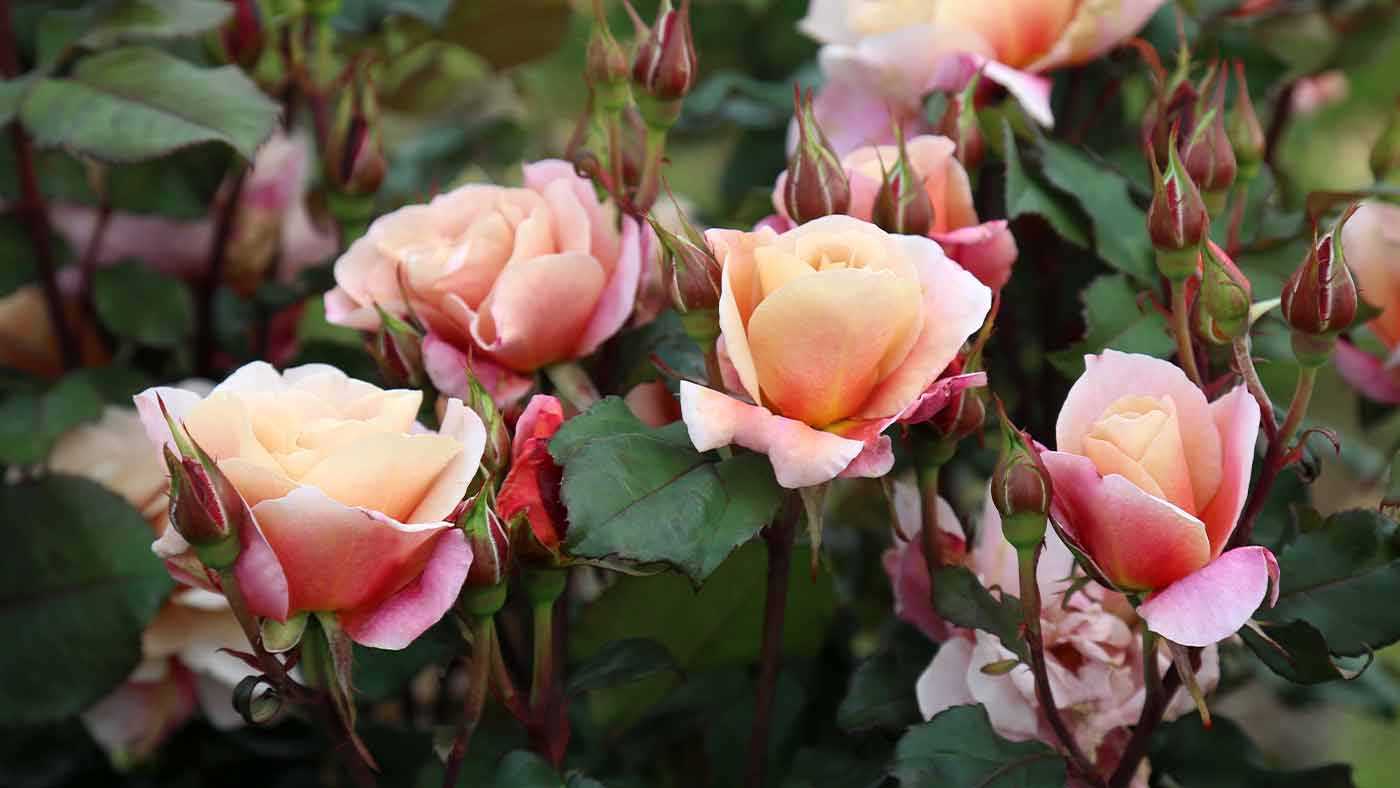
Mulching is an important step in protecting your rose plants from freezing temperatures. Apply a thick layer of organic mulch, such as compost or shredded bark, around the base of the plants. This will help insulate the roots and keep the soil temperature stable. Be sure to leave a small gap between the mulch and the stems to prevent rot.
3. Wrapping
In regions with extremely cold temperatures, it may be necessary to wrap your rose plants for added protection. For hybrid teas and other tender varieties, you can use horticultural fleece or burlap. Wrap the entire plant, including the top and sides, but leave the bottom open to allow for ventilation. Secure the wrapping with twine or garden clips.
4. Watering
Proper watering is crucial in preparing your rose plants for winter. Before the first frost, give your roses a deep watering to ensure they are well-hydrated. This will help them withstand the drying effects of winter winds. Avoid watering during freezing temperatures, as this can cause damage to the roots.
5. Pest Control
Before winter arrives, take steps to control any pests that may be present in your rose plants. Inspect the plants for aphids, spider mites, or other pests and treat them accordingly. Insecticidal soap or neem oil can be effective in controlling these pests without harming the plants.
By taking these essential steps to prepare your rose plants for winter, you can ensure their survival and promote healthy growth in the coming season. Remember to remove the protective measures in early spring once the danger of frost has passed.
Choosing the Right Fertilizer for Autumn Feeding
Choosing the right fertilizer for your rose plants during autumn is crucial for their long-term health and survival during winter. Autumn feeding helps the plants store essential nutrients and build up their strength for the colder months ahead. Here are some tips to help you choose the right fertilizer:
1. Balanced Fertilizer
Opt for a balanced fertilizer that contains equal amounts of nitrogen (N), phosphorus (P), and potassium (K). These three nutrients are essential for overall plant health and growth. A balanced fertilizer with an equal NPK ratio (e.g., 10-10-10 or 20-20-20) provides a well-rounded nutrient boost.
2. Slow-Release Fertilizer
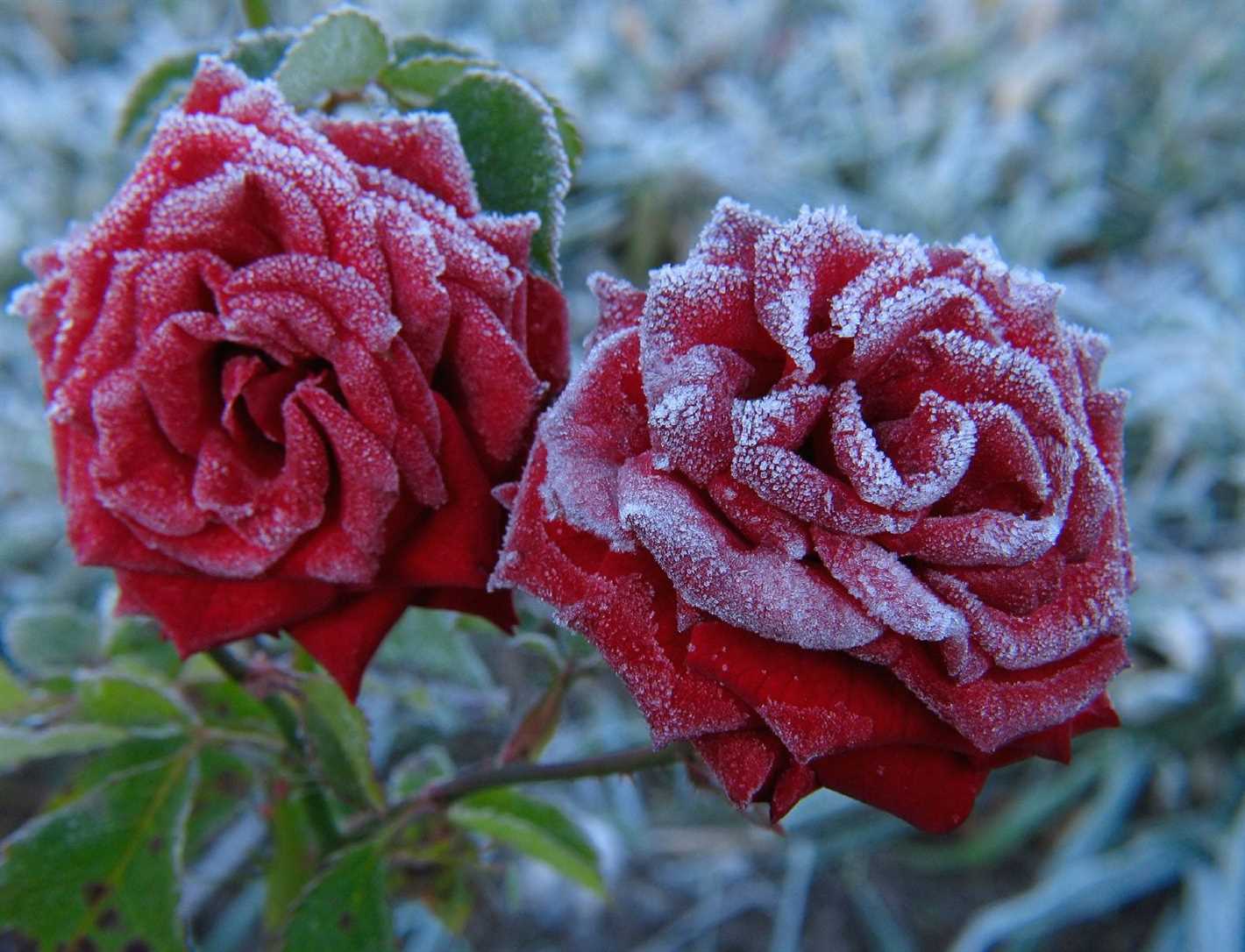
Consider using slow-release fertilizers. These fertilizers break down over time, gradually releasing nutrients to the plants. Slow-release fertilizers provide a steady supply of nutrients to the plants, which can be beneficial during the colder months when the plants may not be actively growing.
3. Organic Fertilizer
If you prefer organic options, choose organic fertilizers that are specifically formulated for roses or flowering plants. Organic fertilizers are derived from natural sources and contain beneficial microorganisms that can improve soil health. They are also environmentally friendly and safe for beneficial insects.
4. Microbial Inoculants
In addition to fertilizers, consider using microbial inoculants. These contain beneficial microorganisms that form symbiotic relationships with plants, helping to improve nutrient uptake and overall plant health. Look for products that contain mycorrhizal fungi or beneficial bacteria.
5. Nutrient Analysis
Read the nutrient analysis on the fertilizer packaging. It typically indicates the percentage of each nutrient (N, P, K) present in the fertilizer. Choose a fertilizer with appropriate nutrient levels based on your soil test results and the specific needs of your rose plants.
6. Application Rates
Follow the manufacturer’s instructions for application rates. Over-fertilizing can be harmful to plants, so it’s important to apply the correct amount. A general guideline is to apply 1/4 to 1/2 cup of fertilizer per plant, depending on the size and age of the rose plant.
By choosing the right fertilizer for autumn feeding, you can provide your rose plants with the necessary nutrients to survive winter and thrive when spring arrives. Remember to always follow the recommended application rates and consult with a local gardening expert if you have any doubts.
When to Start Feeding Your Rose Plants in Autumn
The timing of when to start feeding your rose plants in autumn is crucial for their winter survival and overall health. By providing proper nutrients at the right time, you can ensure that your roses have the strength to withstand the harsh winter conditions.
1. First Feeding
It is generally recommended to start feeding your rose plants in late summer or early autumn. This initial feeding will help them prepare for the upcoming winter. Timing will depend on your specific climate and the first frost date in your area.
Before the first feeding, make sure to remove any dead or diseased foliage from your roses. This will help prevent the spread of disease and improve air circulation around the plants.
2. Balanced Fertilizer
When feeding your rose plants in autumn, it is important to use a balanced fertilizer that provides essential nutrients. Look for fertilizers specifically formulated for roses, which typically contain a mix of nitrogen, phosphorus, and potassium.
Follow the manufacturer’s instructions for application rates, as over-fertilizing can be detrimental to the plants. It is also a good practice to water the plants thoroughly after feeding to ensure proper absorption of the nutrients.
3. Slow-Release Fertilizers
Consider using slow-release fertilizers for your rose plants in autumn. These fertilizers gradually release nutrients over time, providing a steady supply of essential elements to the plants. This can be particularly beneficial during the winter months when the plants are not actively growing.
Look for slow-release fertilizers that are formulated specifically for roses. Follow the package instructions for application rates and timing, as different products may vary.
4. Additional Feedings
Depending on your climate and the specific needs of your rose plants, you may need to provide additional feedings throughout the autumn season. Monitor the health and growth of your roses and adjust the feeding schedule accordingly.
If you notice any signs of nutrient deficiency, such as yellowing leaves or poor flowering, it may be necessary to supplement with additional fertilizers. Consult with a local gardening expert or a rose care guide for specific recommendations.
5. Winter Protection
Feeding your rose plants in autumn is just one part of their winter preparation. It is also important to provide adequate winter protection, such as mulching, pruning, and covering the plants to shield them from harsh weather conditions.
Ensure that your rose plants are well mulched and wrapped in burlap or other protective material to prevent cold damage. This, combined with proper feeding, will give your roses the best chance of surviving the winter and thriving in the spring.
Top 3 Tips for Proper Feeding and Nourishing Rose Plants in Autumn
Autumn is a critical time for providing the necessary nutrients to your rose plants to ensure their health and survival throughout the winter. Here are the top three tips for properly feeding and nourishing your rose plants in autumn:
1. Use a Balanced Fertilizer
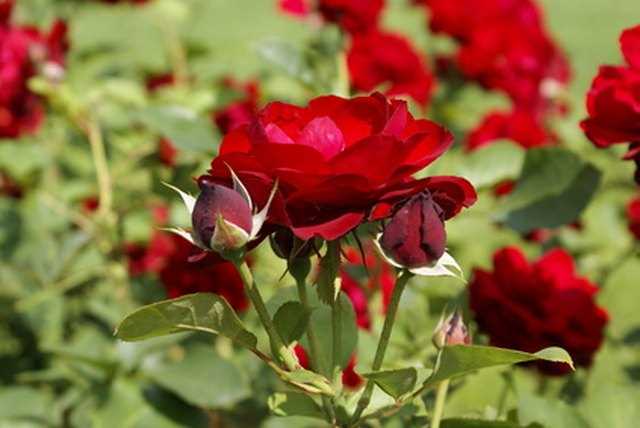
Choose a balanced fertilizer that is specifically formulated for roses. Look for a fertilizer with an N-P-K ratio of around 10-10-10 or 12-12-12. This balanced ratio will provide essential nutrients like nitrogen (N), phosphorus (P), and potassium (K) to support healthy growth and development in your rose plants.
Spread the fertilizer evenly around the base of each rose plant, following the manufacturer’s instructions for application rates. Avoid placing the fertilizer directly against the main stem, as this can cause root burn.
2. Supplement with Organic Matter
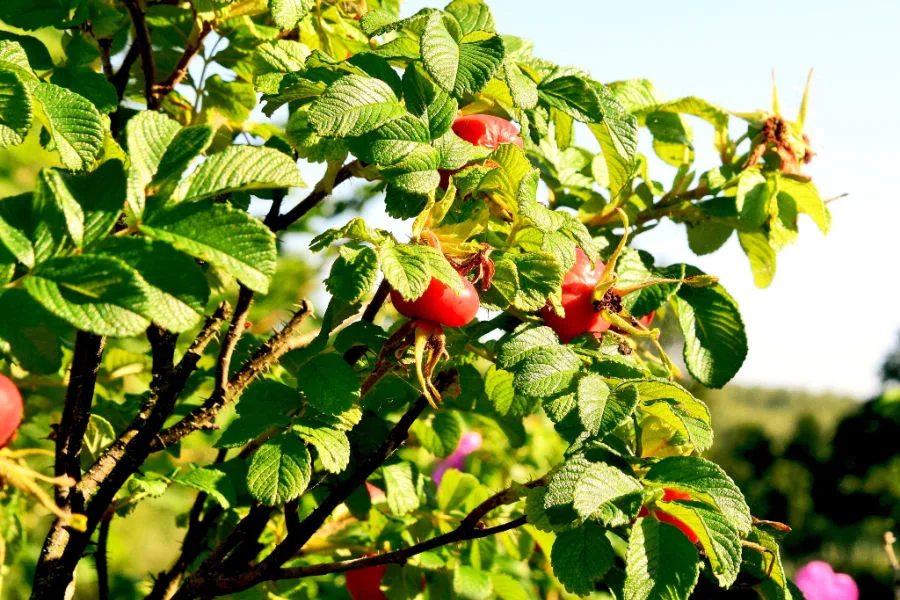
In addition to using a balanced fertilizer, it is beneficial to supplement your rose plants with organic matter. This can include compost, well-rotted manure, or leaf mold. Organic matter helps improve the soil structure, retain moisture, and provide a slow release of nutrients over time.
Apply a layer of organic matter around the base of each rose plant, making sure to leave space around the main stem. This layer should be approximately 2-3 inches thick. Gently work the organic matter into the soil using a garden fork or rake.
3. Water Deeply and Regularly
Proper watering is crucial for the overall health of your rose plants, especially during autumn. Water deeply and regularly to ensure that the roots are adequately hydrated before the cold winter months arrive.
Check the soil moisture level by inserting your finger into the soil near the base of the rose plant. If the top inch of soil feels dry, it’s time to water. Use a slow and steady stream of water to thoroughly saturate the soil around each rose plant.
However, be cautious not to overwater, as this can lead to root rot. Aim to provide about 1 inch of water per week, either through rainfall or manual watering.
By following these top three tips, you can properly feed and nourish your rose plants in autumn, ensuring their health and vitality throughout the winter season.
Protecting Rose Plants from Frost and Cold Weather: 4 Key Measures
As winter approaches, it’s important to take steps to protect your rose plants from frost and cold weather. By implementing these 4 key measures, you can ensure the growth and survival of your roses even in the harshest conditions.
1. Mulching
One of the most effective ways to protect rose plants from frost is by mulching. Apply a thick layer of mulch around the base of the plants, taking care not to pile it against the stems. This will insulate the roots and help maintain a more consistent temperature.
- Use organic materials such as straw, wood chips, or shredded leaves.
- Aim for a mulch thickness of 2-4 inches.
- Extend the mulch layer beyond the drip line of the plant to protect a wider area.
2. Wrapping
Another effective method to protect roses from frost is to wrap them with a protective material. This creates a barrier between the plant and the cold air, reducing the risk of damage.
- Choose a breathable material like burlap or spun polypropylene fabric.
- Wrap the material loosely around the plant, ensuring it covers all branches and leaves.
- Secure the wrapping at the top and bottom with twine or clips.
3. Watering
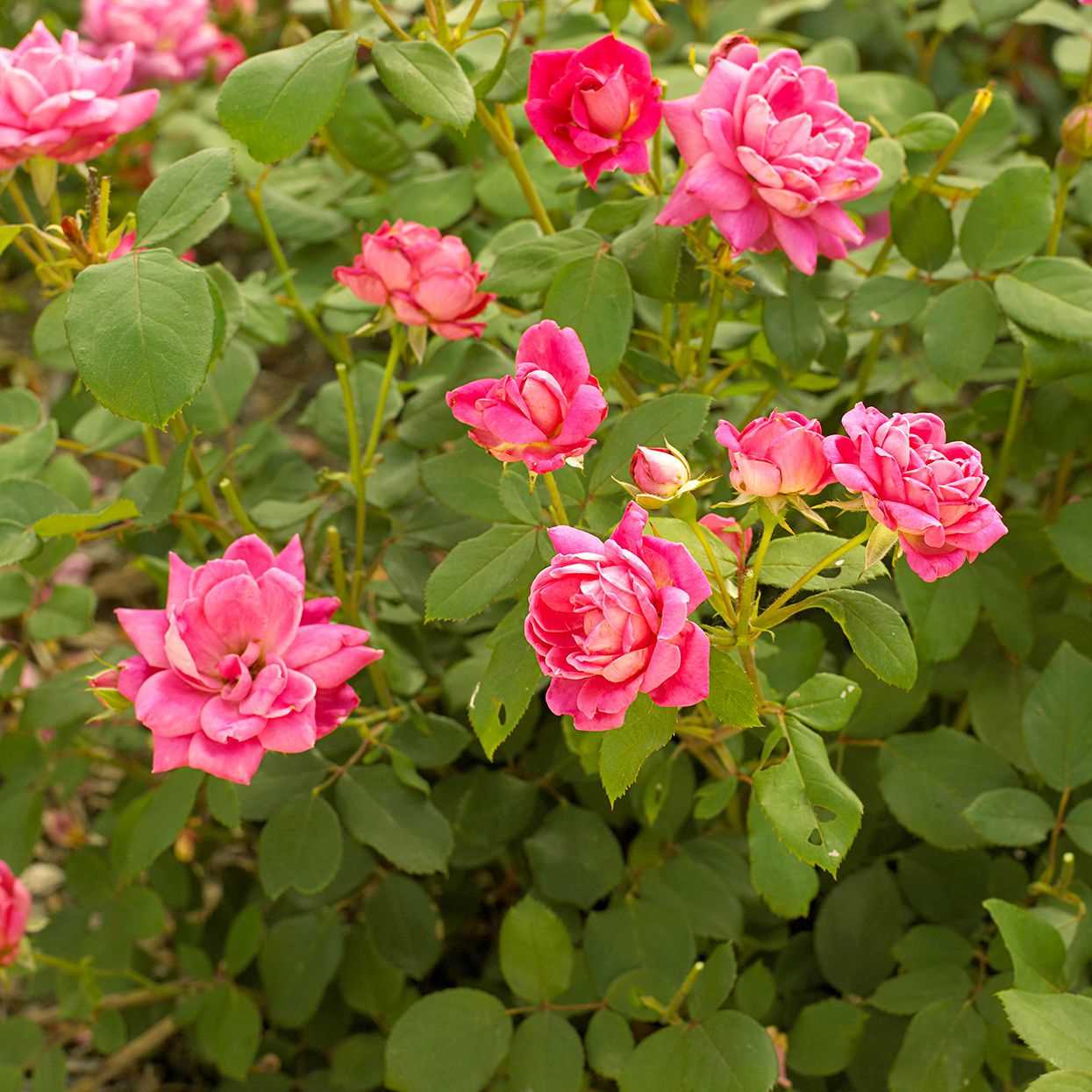
Proper watering is crucial for rose plants during winter. While it may seem counterintuitive, it’s important to water your roses even in cold weather.
- Water deeply before the first freeze to ensure the roots are adequately hydrated.
- Continue watering during dry spells throughout winter.
- Avoid watering when temperatures are below freezing, as this can damage the plants.
4. Providing Shelter
Creating a sheltered environment for your rose plants can significantly reduce their exposure to cold winds and harsh weather conditions.
- Consider constructing a windbreak using materials like burlap or wooden boards.
- Position the windbreak on the side of the prevailing wind to provide maximum protection.
- Alternatively, move potted rose plants to a protected area such as an unheated garage or basement.
By implementing these key measures – mulching, wrapping, watering, and providing shelter – you can protect your rose plants from frost and cold weather, ensuring they thrive and survive through the winter months.
How to Mulch and Insulate Rose Plants for Added Winter Protection
Properly mulching and insulating your rose plants can provide them with added protection during the winter months. Here are some essential tips on how to mulch and insulate rose plants:
1. Choose the Right Mulch
When mulching your rose plants, it’s important to choose the right type of mulch. Organic materials like straw, wood chips, or shredded leaves are ideal for insulating and protecting the plant roots. Avoid using mulches that can compact too tightly, such as peat moss or sawdust.
2. Prepare the Bed
Before mulching, prepare the bed by removing any weeds or dead foliage around the rose plant. This will help prevent the growth of mold or disease during the winter months.
3. Apply a Layer of Mulch
Once the bed is prepared, evenly spread a layer of mulch around the base of the rose plant. Aim for a thickness of 2-3 inches to provide adequate insulation.
4. Leave Space Around the Stem
While applying mulch, be sure to leave a small space around the stem of the rose plant. This will help prevent any potential moisture buildup and reduce the risk of rot.
5. Protect the Canes
In addition to mulching, protect the rose plant canes by tying them together gently with twine. This will help prevent winter winds from causing damage to the canes.
6. Use Insulating Materials
If you live in an area with extremely cold temperatures, consider using insulating materials like burlap or frost blankets. Wrap these materials around the rose plant to provide an extra layer of protection.
7. Remove Mulch in Spring
Once winter is over and the risk of frost has passed, it’s important to remove the mulch from around the rose plant. This will allow the plant to receive proper air circulation and prevent any potential mold or disease.
8. Monitor Moisture Levels
Throughout the winter months, it’s important to monitor the moisture levels around the rose plant. Watering occasionally during dry periods can help keep the roots hydrated.
By following these tips on how to mulch and insulate rose plants, you can help provide them with the necessary protection to endure the winter and ensure they thrive come springtime.
Monitoring and Maintaining Rose Plants Throughout Winter: What to Look Out For
Winter can be a challenging time for rose plants, as they are more susceptible to damage from frost, cold temperatures, and other weather-related conditions. To ensure the health and longevity of your rose plants, it is essential to monitor and maintain them throughout the winter months. Here are some things to look out for:
1. Frost Damage
Frost can cause significant damage to rose plants, especially if they are not properly protected. Look out for blackened or wilted foliage, which may indicate frost damage. If you notice any signs of frost damage, carefully prune the affected areas to promote new growth in the spring.
2. Winter Diseases
Rose plants are prone to various diseases during winter, such as powdery mildew and black spot. Monitor your plants for any signs of disease, including yellowing or spotted leaves. If you notice any symptoms, take immediate action by applying appropriate fungicides or seeking advice from a gardening professional.
3. Pests
While pests may be less active during winter, they can still pose a threat to your rose plants. Keep an eye out for signs of aphids, scale insects, or spider mites. Regularly inspect the stems, leaves, and buds for any signs of infestation. If you spot any pests, treat them with suitable insecticides or natural remedies.
4. Watering
Although rose plants require less water during winter, it is still important to monitor their moisture levels. Check the soil around the plants and water only when necessary, ensuring that the soil does not become overly saturated. Overwatering can lead to root rot and other problems.
5. Winter Protection
Ensure that your rose plants are properly protected during winter. Apply a layer of mulch around the base of the plants to insulate the roots and protect them from extreme temperatures. Additionally, consider using protective coverings, such as burlap, to shield the plants from harsh winds and frost.
6. Pruning
Pruning your rose plants during winter is essential for maintaining their shape and promoting healthy growth in the spring. Remove any dead or damaged branches, as well as any crossing or overcrowded stems. Aim to prune your rose plants in late winter or early spring, before new growth begins.
By regularly monitoring your rose plants throughout winter and taking appropriate action, you can ensure that they remain healthy and thriving. Remember to follow winter maintenance practices, such as protecting them from frost, diseases, pests, and providing adequate watering. With proper care, your rose plants will be ready to bloom beautifully in the upcoming spring season.
Spring Care for Rose Plants After Winter: Essential Tips for a Healthy Start
1. Pruning
One of the first tasks in spring care for rose plants after winter is pruning. This helps remove any dead, damaged, or diseased wood, allowing the plant to focus its energy on new growth. Use sharp and clean pruning shears to make angled cuts just above an outward-facing bud.
2. Cleaning the Area
Before new growth begins, it’s important to remove any debris or fallen leaves around the rose plants. This helps prevent the spread of diseases and pests. Rake the area surrounding the plants and dispose of the debris properly.
3. Fertilizing
Provide your rose plants with a balanced slow-release fertilizer to promote healthy growth. Follow the manufacturer’s instructions for application rates and frequency. Apply the fertilizer around the base of each plant and gently work it into the soil with a rake.
4. Watering
Proper watering is crucial for the health of rose plants. Water deeply and thoroughly, allowing the soil to dry slightly between waterings. Avoid getting the foliage wet, as this can lead to disease. Water in the morning to allow excess moisture to evaporate before nightfall.
5. Mulching
Apply a layer of organic mulch around the base of the rose plants to conserve moisture, suppress weeds, and regulate soil temperature. Use materials such as wood chips, straw, or shredded bark. Make sure the mulch is not in direct contact with the stems to prevent rot.
6. Pest and Disease Control
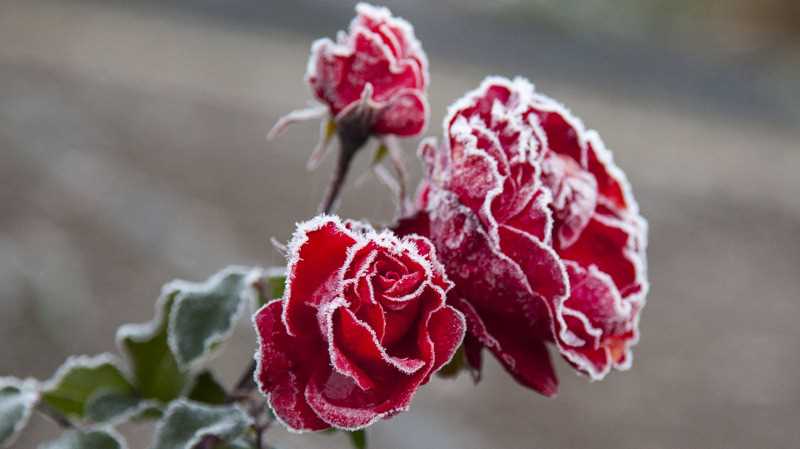
Regularly inspect your rose plants for signs of pests and diseases. Treat any issues promptly using organic or chemical insecticides and fungicides. Prune and dispose of any infected or infested plant material to prevent the spread of problems.
7. Support and Training
If your rose plants require support, install stakes or trellises early in the spring. This will help guide the growth and prevent bending or breakage. Tie the main stems to the support structure using flexible garden twine or special rose clips.
8. Deadheading
Remove spent flowers by deadheading regularly. This encourages the plant to produce more blooms and prevents the formation of seed pods. Make the cuts just above a healthy bud and remove any faded or diseased foliage.
9. Monitoring and Care
Monitor your rose plants regularly and address any issues promptly. This includes checking for signs of pests, diseases, nutrient deficiencies, or water stress. Adjust your care routine accordingly to ensure the plants receive optimal growing conditions.
10. Enjoying the Blooms
After providing the proper care and attention, sit back, and enjoy the beautiful blooms of your rose plants. Regularly cut flowers for indoor arrangements to promote continued blooming throughout the season.
Questions and Answers:
What are some essential tips for protecting rose plants in winter?
There are several essential tips for protecting rose plants in winter. First, make sure to prune your roses in late autumn to remove any dead or damaged growth. Next, provide a thick layer of mulch around the base of the plants to insulate the roots. Additionally, consider using rose cones or burlap to cover the plants and protect them from harsh winter winds. Finally, continue to water your roses until the ground freezes to keep them hydrated.
When is the best time to prune rose plants before winter?
The best time to prune rose plants before winter is in late autumn, after the first hard frost. This is when the roses have entered dormancy and are preparing for winter. Pruning at this time helps remove any dead or damaged growth and encourages healthy regrowth in the spring.
What is the purpose of mulching rose plants in winter?
The purpose of mulching rose plants in winter is to insulate the roots and protect them from extreme cold temperatures. Mulch forms a barrier between the soil and the air, helping to maintain a more stable temperature and prevent the ground from freezing and thawing repeatedly, which can damage the roots of rose plants.
What are rose cones and how do they protect rose plants in winter?
Rose cones are protective coverings that are placed over rose plants in winter. They are typically made of plastic and resemble upside-down cones. Rose cones create a miniature greenhouse effect, trapping warm air and providing insulation for the plant. They also protect against harsh winter winds by acting as a barrier. The cones should be secured firmly to prevent them from blowing away.
Can I use burlap to protect my rose plants in winter?
Yes, you can use burlap to protect your rose plants in winter. Burlap is a breathable fabric that can be wrapped around the plants to provide insulation. It helps to protect the plants from cold temperatures, wind, and frost. Make sure to secure the burlap tightly around the plants, but leave some space for air circulation.
Should I continue watering my rose plants in winter?
It is important to continue watering your rose plants in winter until the ground freezes. Even though the plants are dormant, they still need some moisture to stay hydrated. However, be careful not to overwater as this can lead to root rot. Watering should be done sparingly and only when necessary.
What are the consequences of not protecting rose plants in winter?
If rose plants are not properly protected in winter, they can suffer from a variety of issues. The extreme cold temperatures can damage the roots and stems, leading to dieback or even death of the plant. Harsh winter winds can cause desiccation and dehydration of the plant. Additionally, without insulation and protection, the plant may be more susceptible to fungal diseases and pest infestations. Overall, not protecting rose plants in winter can result in poor growth and reduced flowering in the following spring.







